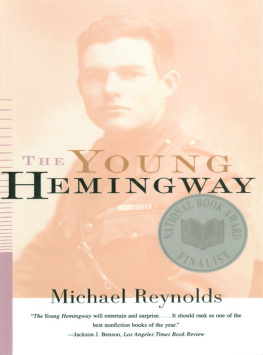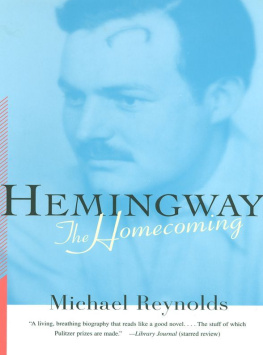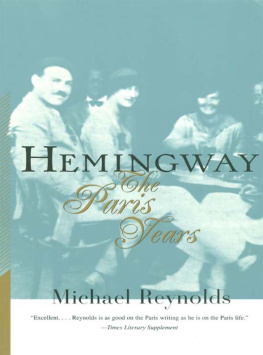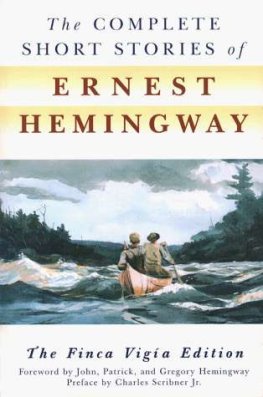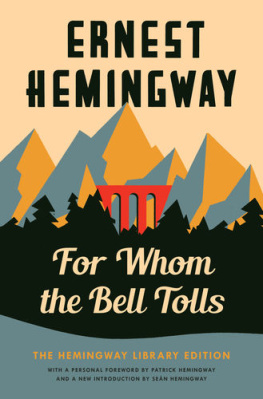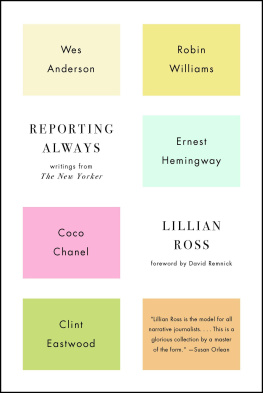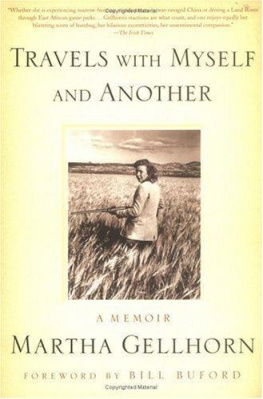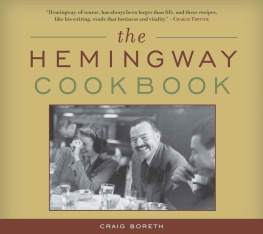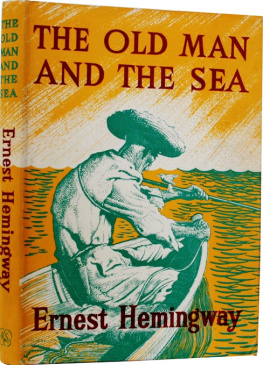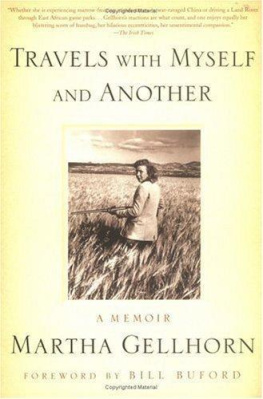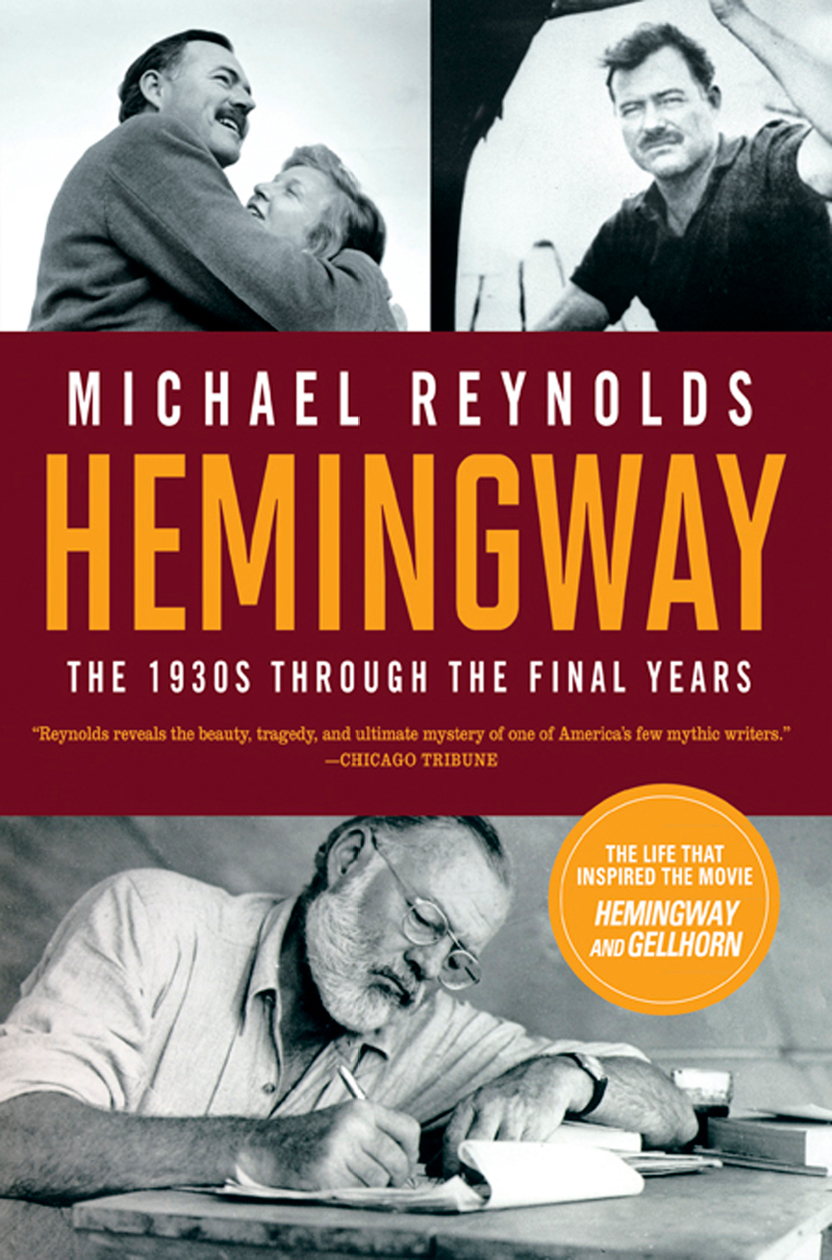
OTHER WORKS BY MICHAEL REYNOLDS
The Young Hemingway
Hemingway: The Paris Years
Hemingway: The Homecoming

For Paul Smith (19251996)
Dialectic and bizarre, we traveled on
To Roncesvalles and Blois, to Krasnador,
Caux and Hurtgenwald, Avila and Gijon.
For sharing everything he knew,
For all the meals with wine and laughter,
This is his book, and I, his debtor,
Hold him ever as my standard measure.
and for Ann,
who shared the research on all five volumes,
who came across the pass at Roncevaux,
who remembered the names,
who read between the lines,
who made the difference.
ye ben verrayly
The maistresse of my wit, and nothing I.
My word, my werk, is knit so in your bonde,
That, as an harpe obeyeth to the honde
And maketh hit soune after his fingeringe,
Right so mowe ye out of myn herte bringe
Swich vois, right as yow list, to laughte or pleyne.
Be ye my gyde and lady sovereyne;
As to myn erthly god, to yow I calle,
Bothe in this werke and in my sorwes alle.
Geoffrey Chaucer
CONTENTS
BOOK I
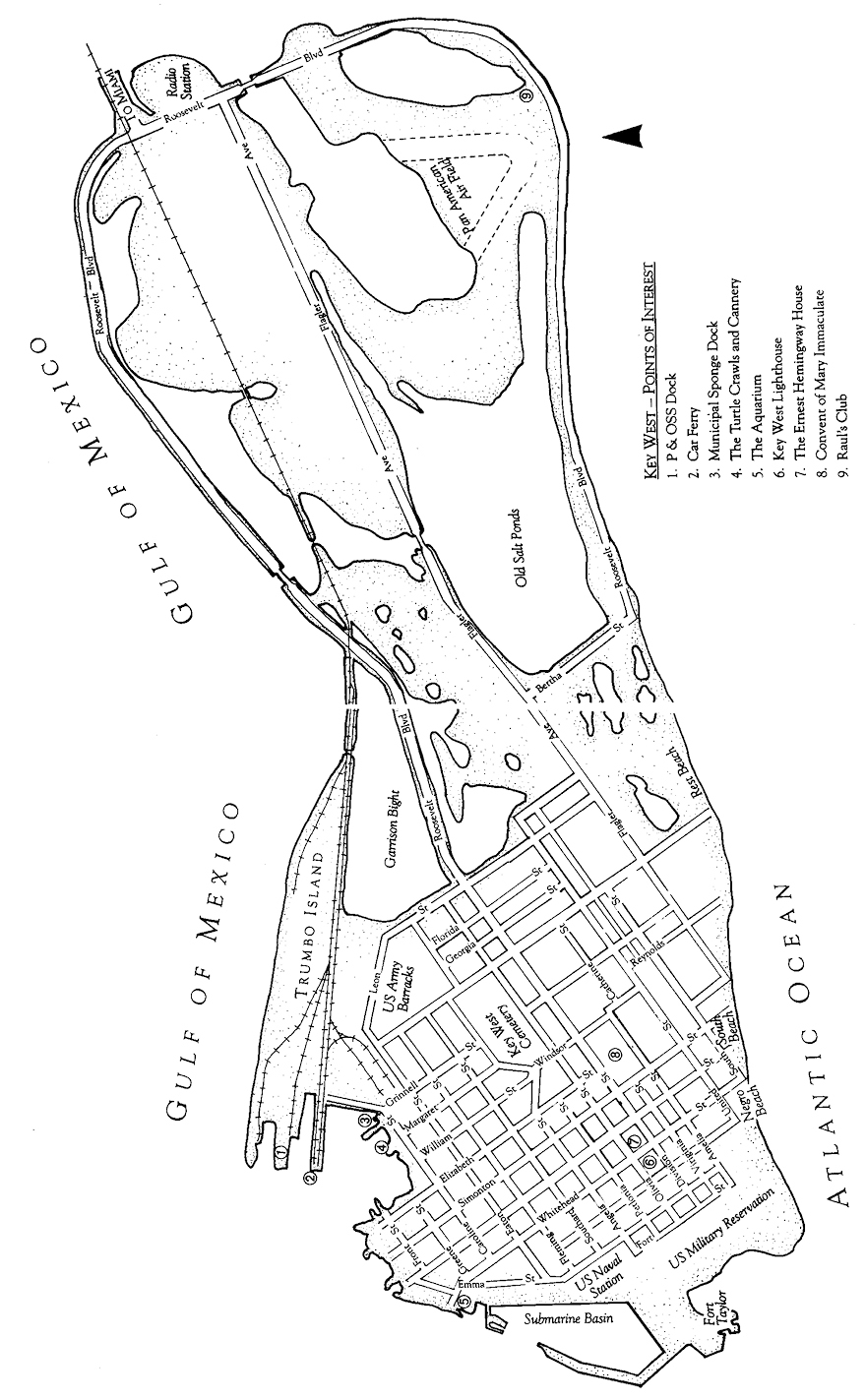
Map of Key West, c. 1936.
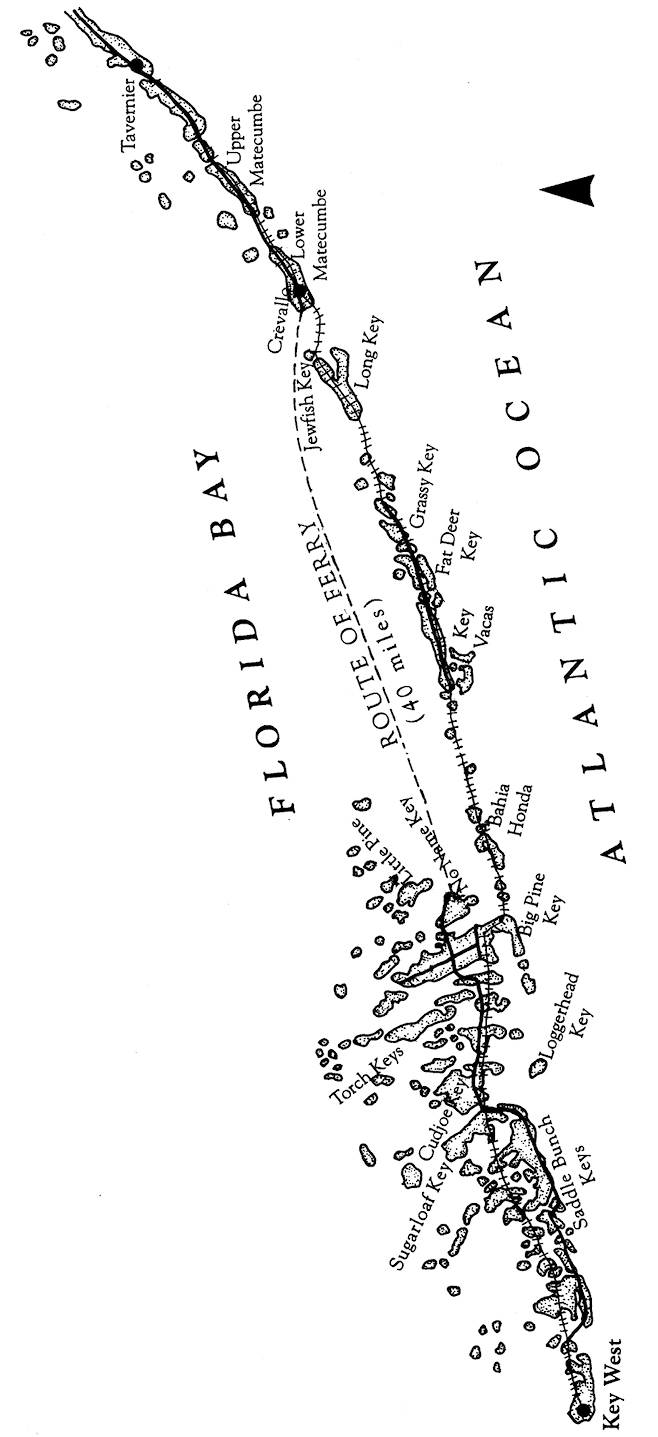
Map of the Florida Keys before the 1935 hurricane destroyed the rail line.
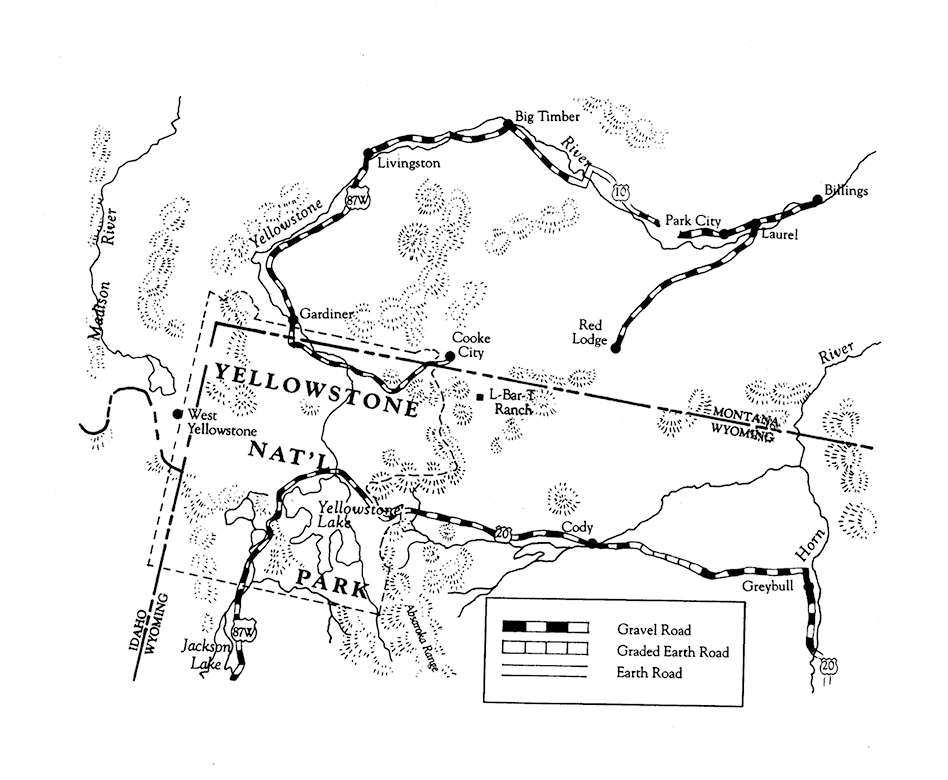
The isolated L-Bar-T Ranch area east of Yellowstone National Park, where the Hemingways fished and hunted throughout the 1930s.
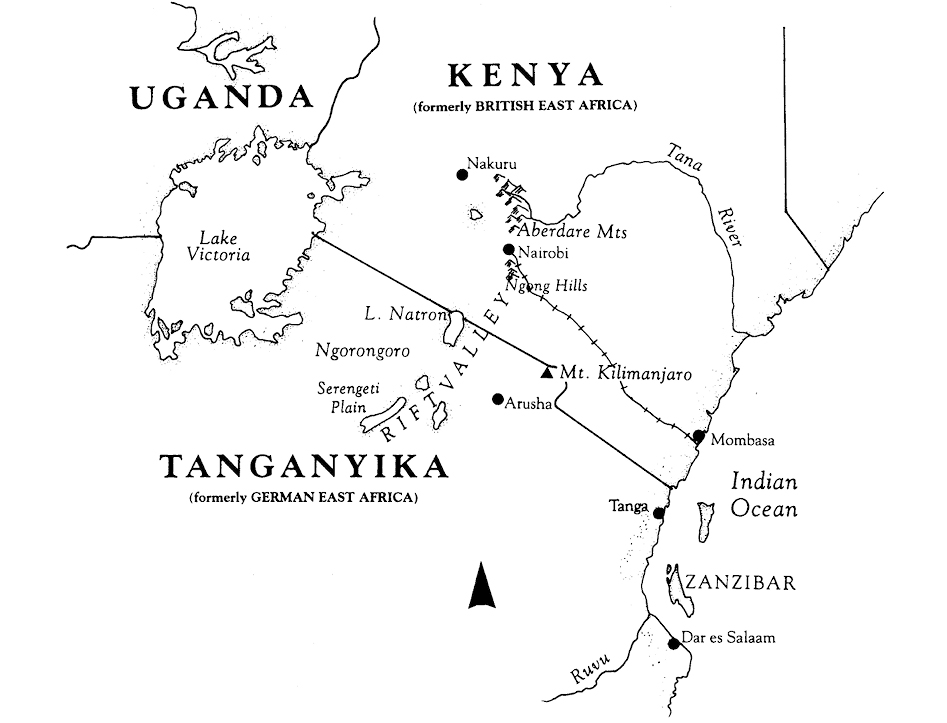
Area of East Africa where the Hemingways were on safari in 193334.
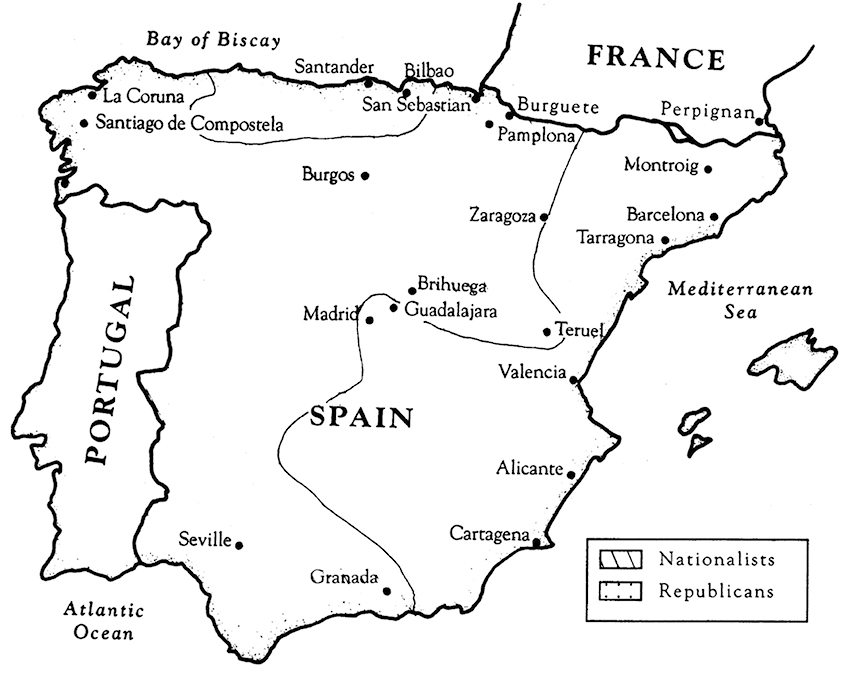
The 1937 division of Spain during the Civil War before Francos Nationalist forces broke through to the Mediterranean.
PROLOGUE
I N 1918 , WHEN young H emingway passed through New York on his way to the Great War, no one took notice. Nor was anyone interested when he and his bride sailed from New York for France in 1921. Four years later, when he returned to break his contract with Horace Liveright and sign with Scribners, he attracted little attention outside of the Left Bank. By the time of his first divorce, he had published The Sun Also Rises (1926), and there was a small blurb in the New York Times . When he came through New York in December of 1928 to deliver the typescript of his new novel, a New York gossip columnist interviewed him but, with no pressing need to run the story, did not use it until three months later:
New York, March 8New York had a visiting novelist this winter who made no effort to be a bright boy at the tea table, spurt epigrams or comment on crude American manners. He was Ernest Hemingway, who has a cherubic moon of a face and a cocoonish mustache and although a product of Chicago, lives in Paris and made his reputation there.... Hemingway is one of the fabled writing geniuses in real life who cares nothing about financial rewards of his trade.... [He] has just finished a novel promised to a magazine at a big price, but at the last moment was touched by a sentimentality and begged off. He gave it for a very small price to a magazine that bought his first story.
The gossiper got the story about half right: a draft was typed, but A Farewell to Arms was three months from being finished, and the $16,000 Scribners Magazine was paying Hemingway for serial rights was hardly a small price. Nor had Scribners published his first short story. Nor did Ernest usually make sentimental decisions about money. But who would care or long remember if the story was right or wrong? Its fleeting importance was that it kept Ernests name before the public, whose appetite for inside information about the famous and the infamous was awakening. Before the approaching decade was out, newsstands would offer Time, Life, and uncounted fan magazines to feed that appetite. As the real and fictional lives of cultural figures were becoming public domain, Ernest Hemingway was coming home in time to catch the wave that would carry a few from his generation into the next decade.
As the Twenties drew to a close, many a familiar name was fading from view. Scott Fitzgerald, who claimed to have invented the Twenties flapper, would be forgotten within ten years, along with others who stayed too long abroad or failed to read right the signs of the time. Literary magazines once the heartbeat of the period were disappearing: gone were the transatlantic review , Ex Libris , Liberator , Der Querschnitt , The Egoist , and Exile . This Quarter and Little Review were fading. Within a year, talking pictures will replace silent stars with fresh faces speaking intelligible English. Within four years, the nation, mired in a economic depression beyond comprehension, will repeal prohibition along with the Republican Party as it embraces Franklin Roosevelts New Deal. By the end of the Thirties, Ernest Hemingway will be as well known as many sportsmen, movie stars, gangsters, and politicians. In his first eight Paris years, he became a literary cult figure. During the next ten years, he will become an American icon. It is an old American story of promise fulfilled through fortitude and good fortune, a tale of rewards beyond all expectation, a cautionary tale of the Dream and its dark side.
Chapter One
1929
THE MUSIC CHANGES

Paris and Spain
M AY , HENDAYE, on the Atlantic coast of France at the Spanish border: the spring season, declared open, brings moneyed Parisians and American tourists to nearby Biarritz but few yet to Hendaye. Where the Bidassoa River edges the town and empties into the Bay of Biscay, there stretches out a gentle, cupped white beach, backed by several small hotels. There are people on the beach, walking or sitting in the morning sun. No one is swimming.
In the breakfast room of the Hotel Barron where he finishes his coffee and brioche, Ernest Hemingway reads the Paris letter from Pauline. Their young son, Patrick, is recovering nicely from the flu, and at the American Hospital, Pauline is having something painful done to her infected sinus cavities which makes everything better. Very soon, she is sure, he should be able to rejoin them. Ever since the influenza epidemic of 1917 drowned soldiers in their own phlegm, Ernest has been mortally afraid of the flu. Pauline said she understood when he left her sick in Paris with their sick son and his insolent sister and his former wife and all the problems of returning to Paris. She is going to get well, she says, and then he will come home.As soon as he can get his head working, he promised her, as soon as the words are right. Four years earlier in Hendaye, alone at the Barron, he finished The Sun Also Rises ; he has come back to a good writing place, trusting that the luck will return.
Next page

